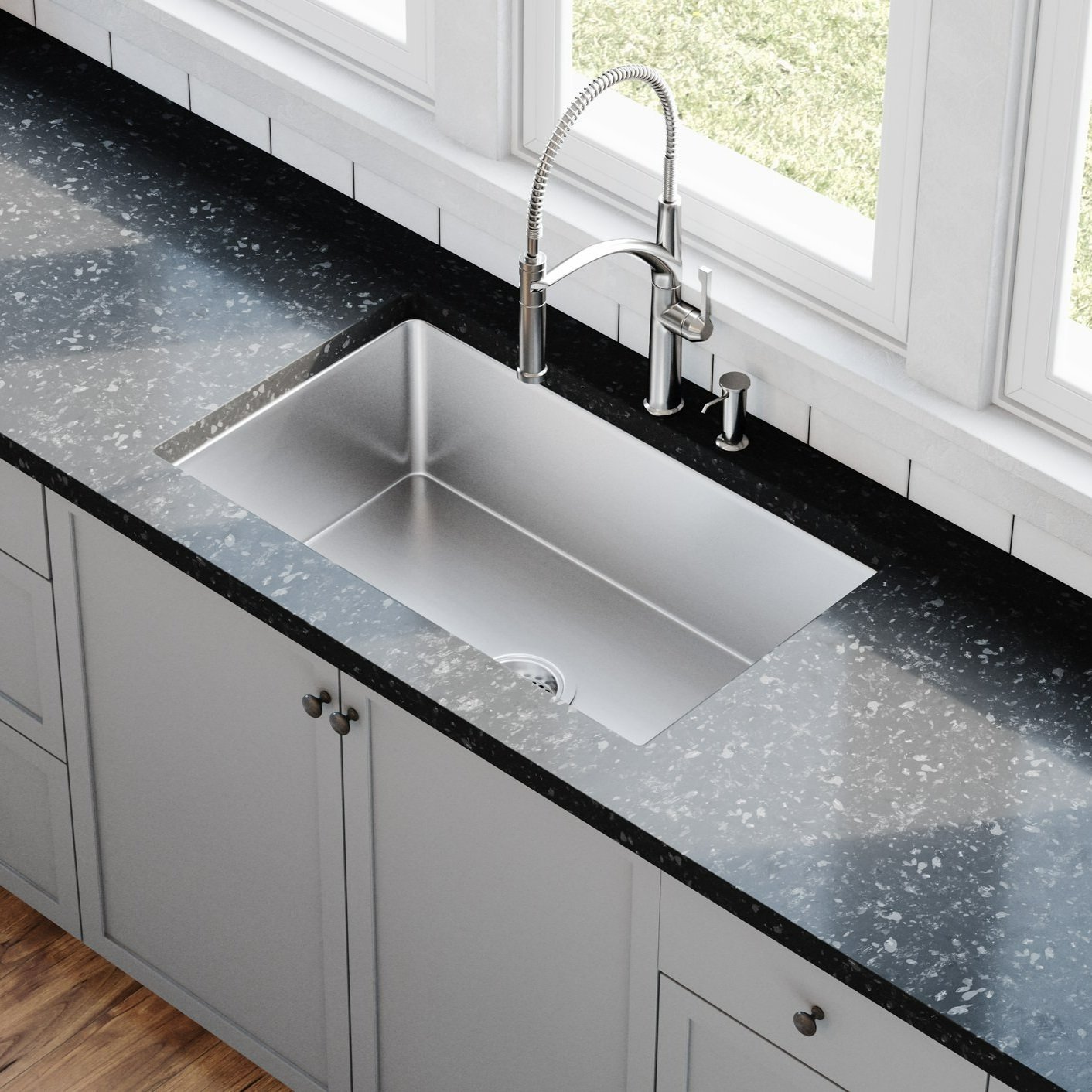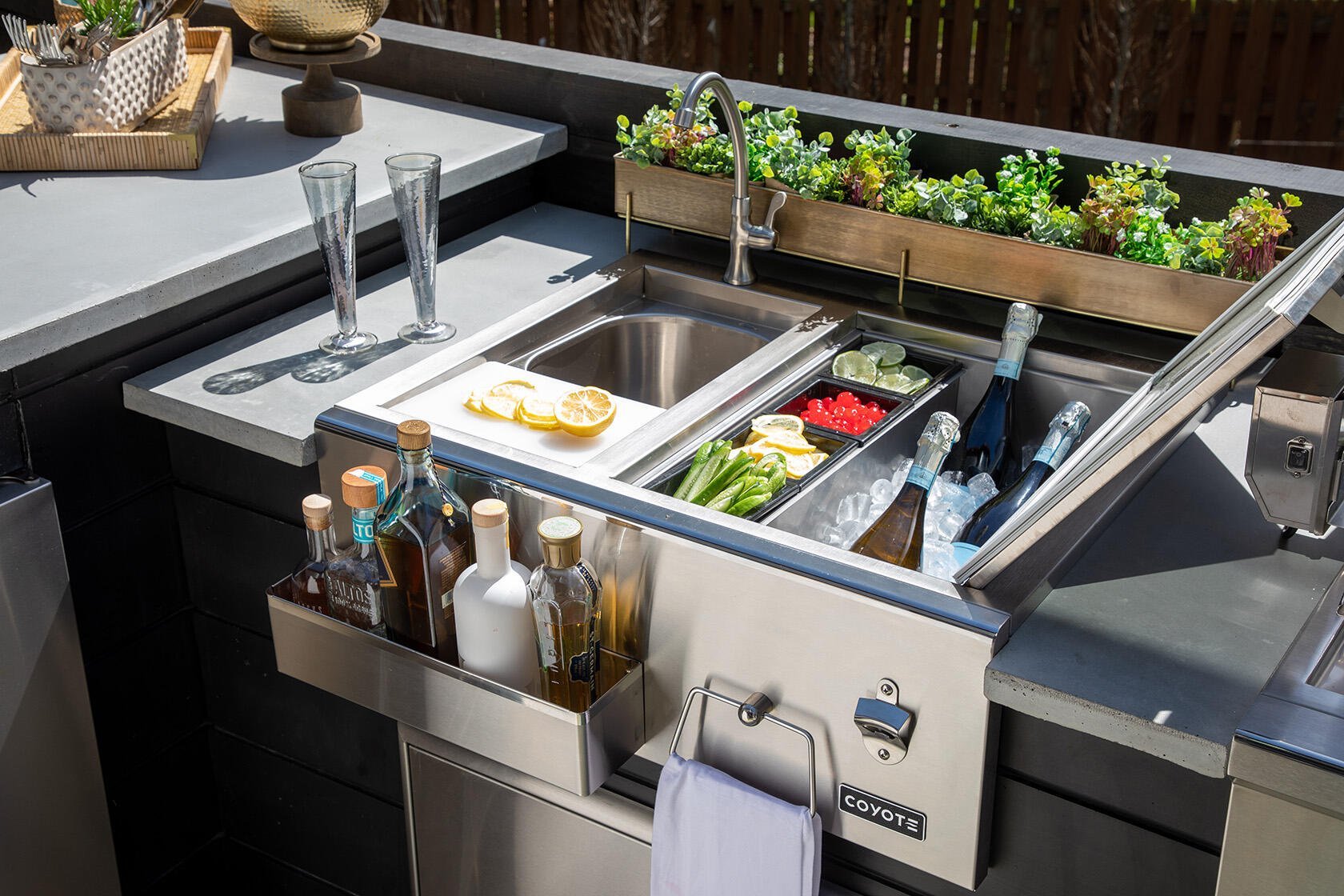Why is my kitchen sink leaking underneath? A leaking kitchen sink can be a frustrating issue that may lead to water damage, mold growth, and other costly repairs if left unchecked. If you notice water pooling or dripping beneath your kitchen sink, it is crucial to address the problem promptly. In this comprehensive guide, we will explore the potential causes of a leaking kitchen sink underneath and provide steps to diagnose and fix the issue. By understanding the common sources of leaks and following appropriate solutions, you can take the necessary actions to resolve the problem and prevent further damage.
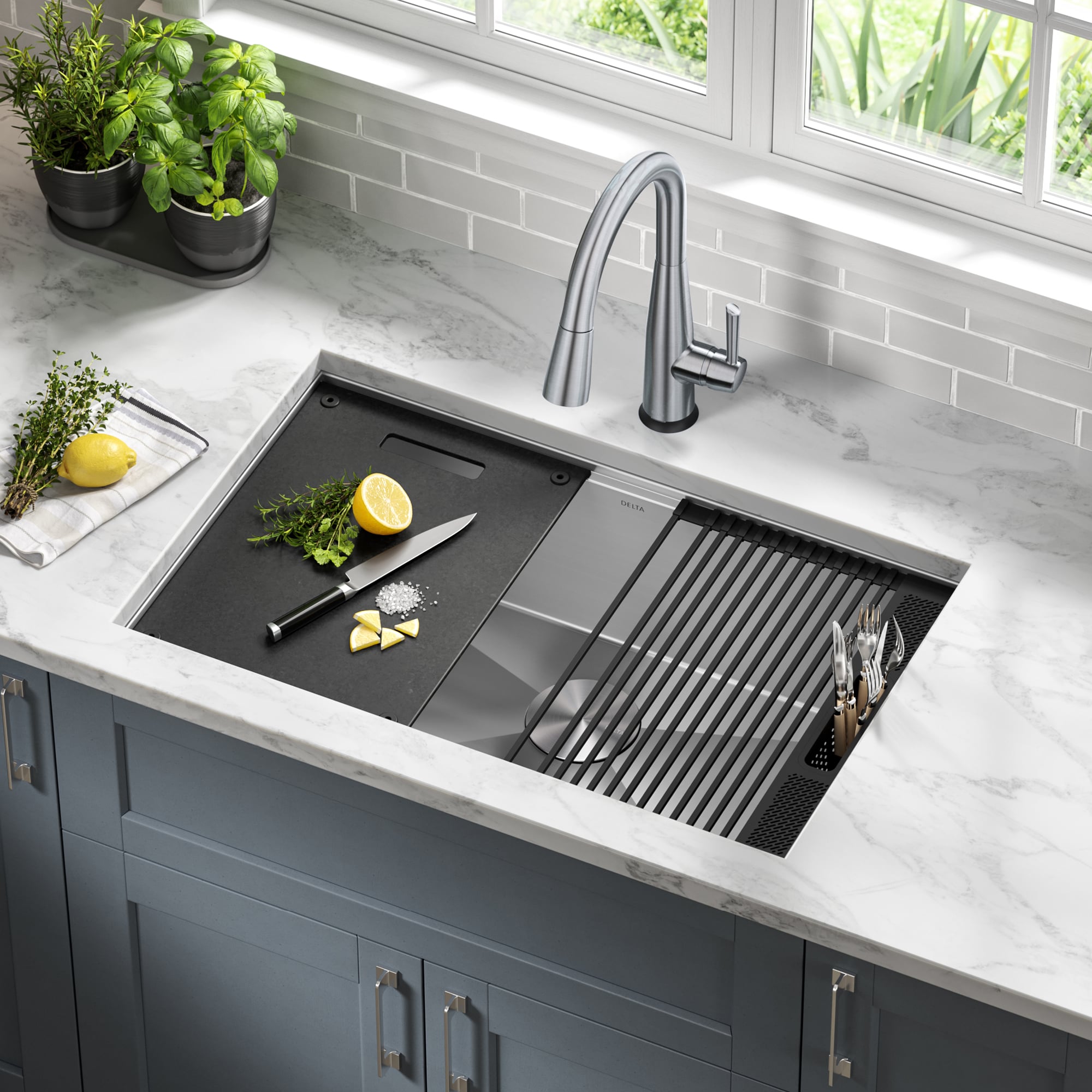
Common Causes of Leaking Kitchen Sink Underneath:
Several factors can contribute to a leaking kitchen sink beneath the surface. Consider the following potential causes:
- Loose connections: Over time, the connections between the sink and the drain pipes, water supply lines, or P-trap may become loose, leading to water leakage.
- Damaged seals: The seals around the sink drain or faucet may deteriorate or become damaged, resulting in leaks.
- Cracked or broken pipes: Age, corrosion, or physical damage can cause pipes beneath the sink to crack or break, leading to leaks.
- Incorrect or worn-out plumbing installation: Poor plumbing installation, such as improper sealing or faulty connections, can cause leaks to occur underneath the sink.
Diagnosing the Leak:
To accurately identify the source of the leak and determine the appropriate course of action, follow these steps:
- Observe the location: Check for visible signs of water pooling, dripping, or wetness underneath the sink cabinet. Take note of where the water appears to be coming from to help pinpoint the source.
- Test for leaks: Use a dry cloth or paper towel to wipe the underside of the sink, the drain pipes, and the connections. Monitor the towel for signs of moisture or water stains, which can indicate a leak.
- Run water: Turn on the faucet and let the water flow through the sink. Observe if any leaks appear during this process. Pay close attention to the drain area and pipes beneath the sink.
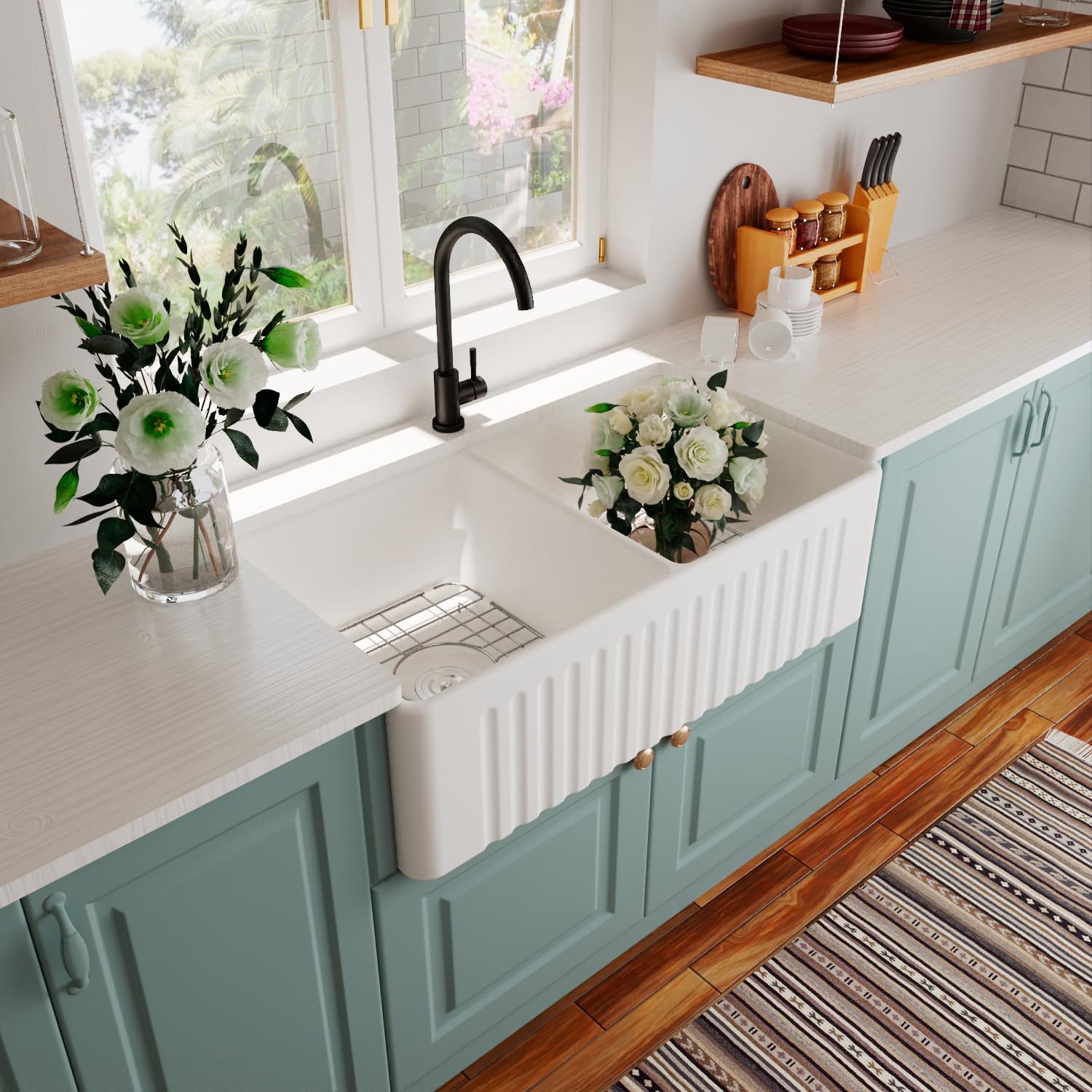
Repairing the Leak:
The appropriate repair method will depend on the specific cause of the leak. Consider the following solutions to address common sources of kitchen sink faucet leaks underneath:
- Tighten connections: Use a wrench or pliers to securely tighten any loose connections between the sink, drain pipes, water supply lines, or P-trap. Be cautious not to overtighten, as this may cause damage.
- Replace damaged seals: If the seals around the sink drain or faucet are damaged, replace them with new ones. This involves removing the old seals and installing the replacements according to the manufacturer’s instructions.
- Fix cracked or broken pipes: If you identify a cracked or broken pipe, it may require replacement. Cut out the damaged section of the pipe and install a new one using appropriate fittings and techniques.
Taking Preventive Measures:
To avoid future kitchen sink leaks and related issues, consider these preventive measures:
- Regular inspections: Periodically inspect the sink area, connections, and pipes beneath to catch any signs of wear, damage, or leakage early on.
- Proper installation: Ensure that the sink, drain, and plumbing components are correctly installed with proper sealing and secure connections. This helps prevent future leaks from occurring.
- Avoid excessive force: Be gentle when using the sink and avoid applying excessive force or weight that can put stress on the components and potentially cause leaks.
- Promptly address minor issues: Tackle small leaks or drips right away before they escalate into major problems. Timely repairs can help prevent further damage and save you from costly repairs in the long run.
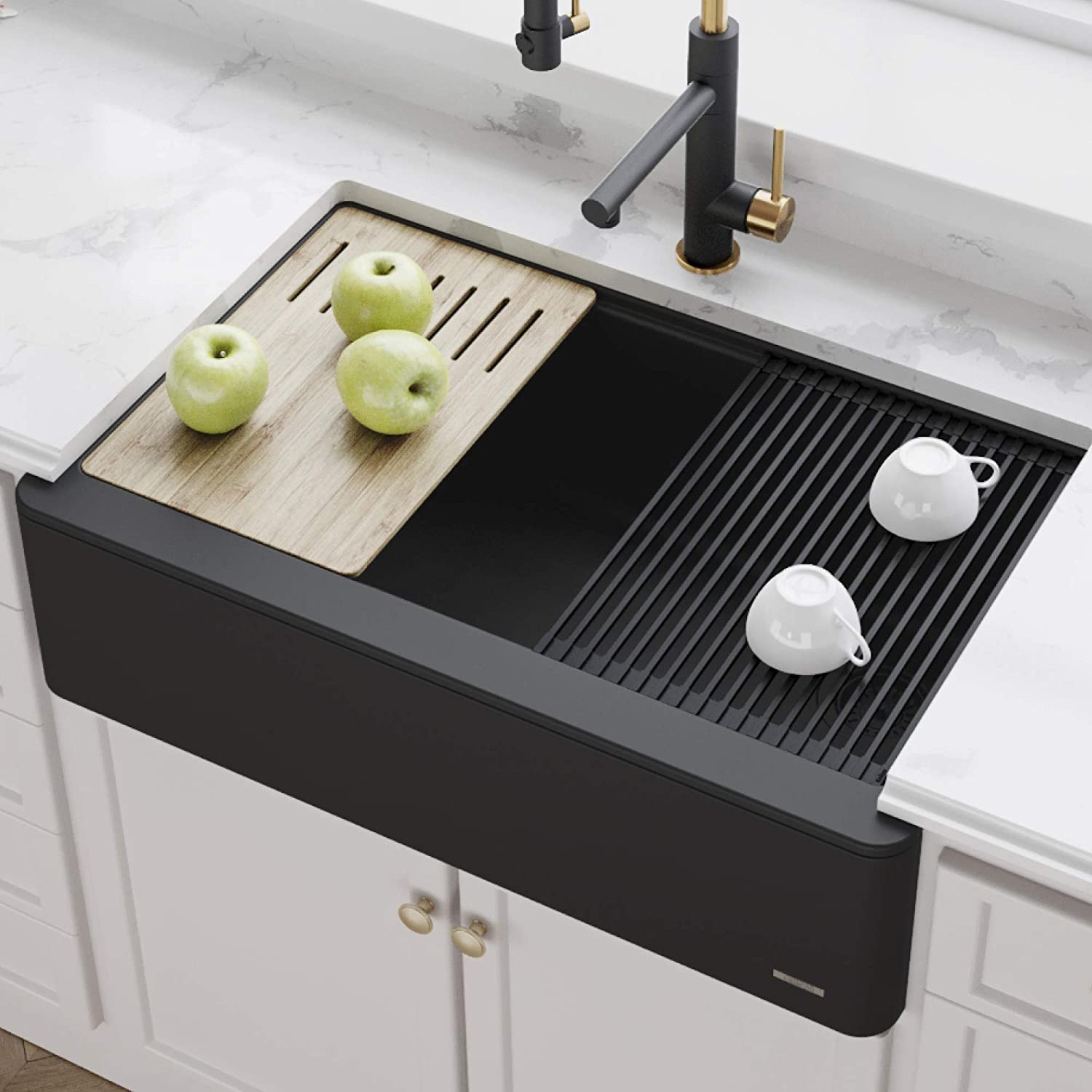
How to repair a kitchen sink
The kitchen sink is an integral part of any kitchen, and when it experiences problems, it can disrupt daily activities. From clogged drains to leaks and loose fixtures, there are a variety of issues that can arise with a kitchen sink.
Clogged Drain Repair:
A clogged kitchen sink drain is a common problem that can lead to standing water and slow drainage. Follow these steps to repair a clogged drain:
- Identify the cause: Determine the cause of the clog, whether it is food particles, grease, or other debris. This will help you choose the appropriate method to clear the drain.
- Use a plunger: Begin by using a plunger to dislodge the clog. Fill the sink partially with water, place the plunger over the drain, and vigorously plunge up and down to create suction and loosen the obstruction.
- Try a drain snake or auger: If the plunger doesn’t work, a drain snake or auger can be used to break up or retrieve the clog. Insert the snake into the drain and rotate it, pushing it deeper as necessary until you feel resistance. Retrieve the snake, removing any debris that comes with it.
- Chemical drain cleaner (as a last resort): If the clog persists, you can try using a chemical drain cleaner as a last resort. Follow the manufacturer’s instructions carefully, as these products can be caustic. Use them sparingly and avoid using them frequently.

Leaking Faucet Repair:
A corner kitchen sink faucet is not only wasteful but can also cause water damage. Follow these steps to repair a leaking faucet:
- Turn off the water supply: Before starting the repair, locate the shut-off valves beneath the sink and turn off the water supply to prevent further leakage.
- Replace the O-ring: Leaks near the faucet handle are often caused by a worn or damaged O-ring. Remove the handle, locate the O-ring, and replace it with a new one. Make sure to use the correct size and type of O-ring for your faucet.
- Fix leaks at the base: Leaks at the base of the faucet are typically caused by a worn-out or faulty cartridge or valve seat. Disassemble the faucet and replace the cartridge or valve seat as necessary. Refer to the manufacturer’s instructions for specific steps.
- Check the supply lines: Inspect the supply lines for any leaks or loose connections. Tighten any loose fittings and replace any damaged supply lines.
Conclusion:
A leaking kitchen sink underneath can be an alarming problem, but by understanding the common causes and following appropriate solutions, you can successfully address the issue. Loose connections, damaged seals, cracked pipes, or incorrect plumbing installation are potential sources of leaks. Through careful observation, testing, and targeted repairs, you can effectively fix the problem and prevent further damage. Remember to take preventive measures and conduct regular inspections to avoid future leaks. If unsure or faced with complex issues, seek professional assistance.
